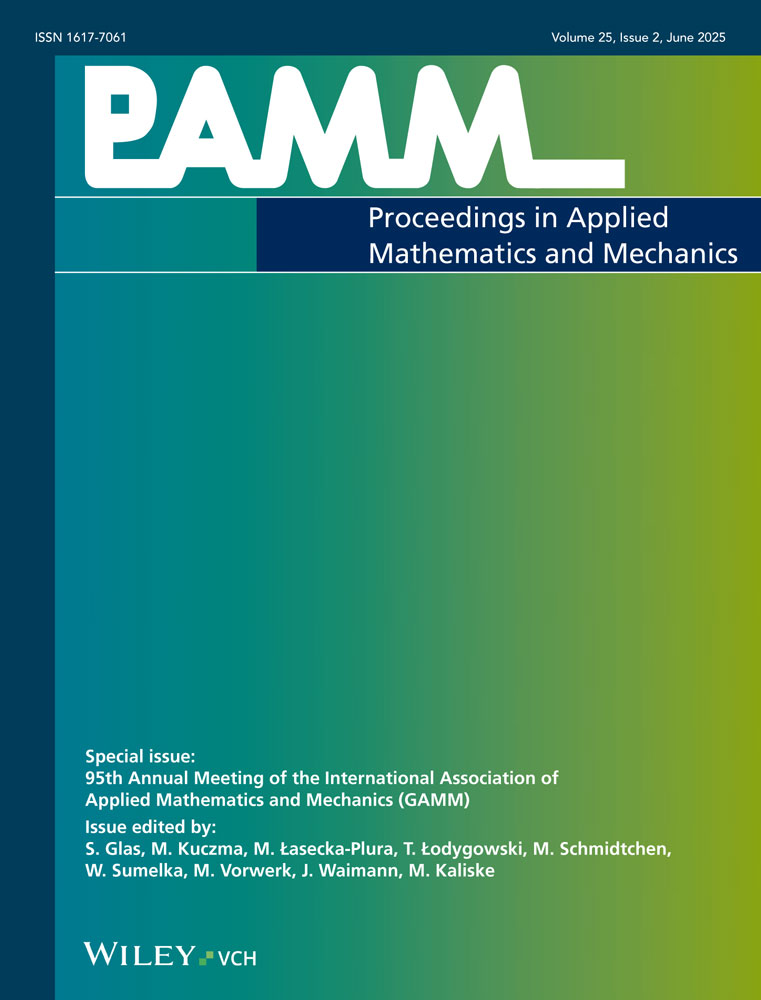Constitutive modeling of fiber-reinforced aerogels
Abstract
Aerogels are open-cell highly porous solids having exclusive properties such as lowest bulk density, lowest thermal conductivity and lowest acoustic velocity. These properties make them useful over a large spectrum of applications. However, their brittle and hydrophilic natures result in a road block which is overcome by polymer or fiber reinforcement. In this study, we are focussing on fiber-reinforced aerogels which retain the exclusive properties of aerogels mentioned above while giving them a good load bearing strength at the same time. These fiber-reinforced aerogels show many complex phenomena under loading such as, a strong nonlinearity, cyclic stress softening, and permanent set. However, there have been very few studies on fiber-reinforced aerogels oriented towards their mechanical characterization. To the best of our knowledge, there also is no micromechanical model that can capture the constitutive response of these fiber-reinforced aerogels. In this contribution, we propose a micro-mechanically motivated constitutive model of fiber reinforced aerogels. The prime source of elasticity and damage in these aerogels is the effect of bending and breakage of fibers in the material network. Accordingly, we consider non-linear bending of fibers supported by an elastic foundation of particles. Based on this concept, the strain energy function is analytically derived for a single fiber in a particular direction. The strain energy of the whole network is then obtained by integration over an unit sphere. The model shows good agreement with experimental data. (© 2015 Wiley-VCH Verlag GmbH & Co. KGaA, Weinheim)




